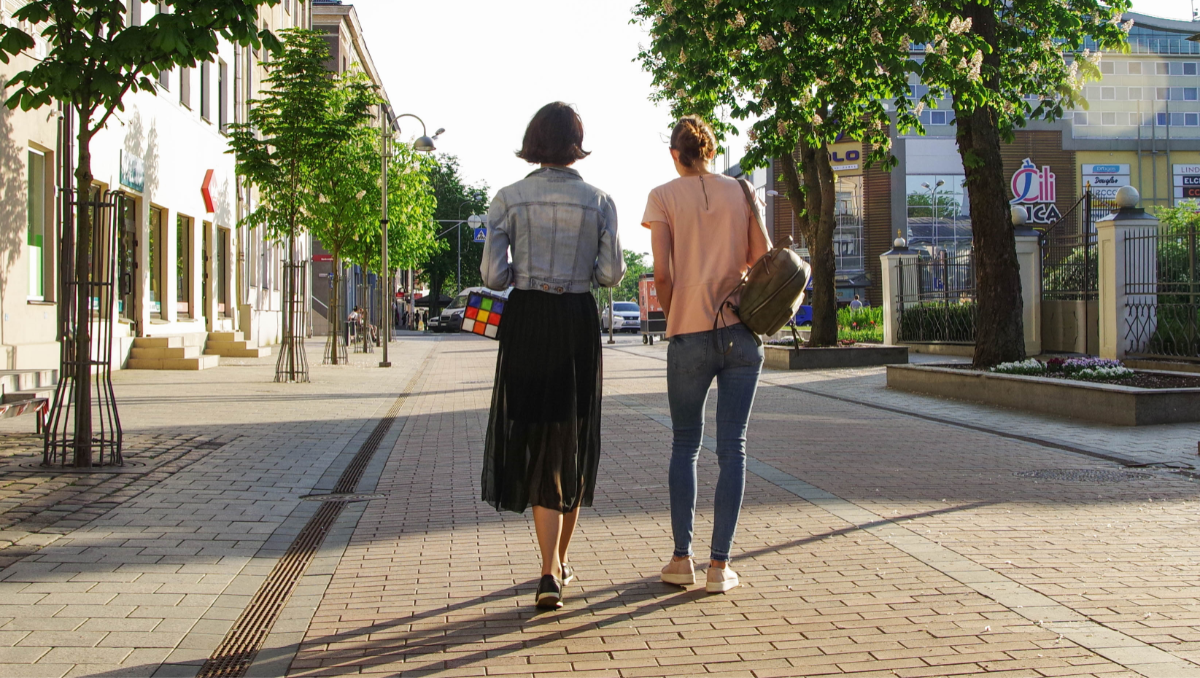The UN wants to help refugees in an incredible call to action.
As the UN meets to develop a global plan for refugees, there's something we can all do.
On Sept. 19, 2016, the United Nations General Assembly gathered to discuss one of the most pressing issues of modern times: the world refugee crisis.
More than 65 million people around the world have been forcibly displaced, including an estimated 21.3 million refugees. Each day, conflict and persecution displace nearly 34,000 people.
It's a crisis that can no longer be ignored. The UN has called a summit of world heads of state to develop a blueprint for a better global response.
"It is a watershed moment to strengthen governance of international migration and a unique opportunity for creating a more responsible, predictable system for responding to large movements of refugees and migrants," reads a statement on the UN's website.
More than half of the world's refugees come from just three countries: Somalia, Afghanistan, and Syria.
As what can feel like unending conflict rages on in these countries, it can be easy to forget the hellish conditions their citizens must withstand. It's not their fault their countries are at war, yet they suffer the consequences of others' actions. For many, the choice is to stay home and face near-certain death or to flee and hope the rest of the world shows them compassion.
This is an issue that extends far beyond our countries' borders; this is an issue that comes with a true moral imperative on a human level.
During the summit, UN Secretary-General Ban Ki-moon announced an initiative designed to unify us as people first. It's called the Together initiative.
The Together campaign urges people around the world — including and perhaps especially our politicians — to think about how they frame issues.
As part of the campaign, the UN refugee agency put out a series of videos to help humanize refugees and put a face on the crisis.
In a video posted to Facebook, actors Cate Blanchett, Keira Knightley, Juliet Stevenson, Peter Capaldi, Stanley Tucci, Chiwetel Ejiofor, Kit Harington, Douglas Booth, Jesse Eisenberg, and Neil Gaiman perform the rhythmic poem "What They Took With Them."
The poem, written by Jenifer Toksvig, was inspired by stories and firsthand accounts from refugees discussing what objects they gathered before fleeing home.
It's a sobering look at the life of a refugee, of how much so many of us take for granted in this world.
The refugee crisis isn't going anywhere soon. That's why it's important for our language to continue evolving and for us to be especially cognizant of how we tie refugees into political speech. They're people. They deserve to be treated as such.







 Newborn's first cry marks a fresh beginning.
Newborn's first cry marks a fresh beginning. Newborn baby.
Newborn baby.
 Women walking down a street.Image via Canva Photos.
Women walking down a street.Image via Canva Photos.  Woman aware of her surroundings in a parking garage. Image via Canva Photos.
Woman aware of her surroundings in a parking garage. Image via Canva Photos.
 "You're hilariously brilliant at everything you hate."
"You're hilariously brilliant at everything you hate."  "Bridget is authentically herself…and triumphs in her own way."
"Bridget is authentically herself…and triumphs in her own way."  "They're written in some curious language that I can't really understand."
"They're written in some curious language that I can't really understand."